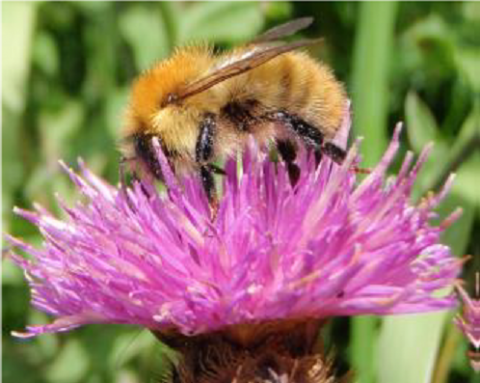Publications
Cole, L., Brocklehurst, S., Robertson, D., Harrison, W. and McCracken, D. (2017). Exploring the interactions between resource availability and the utilisation of semi-natural habitats by insect pollinators in an intensive agricultural landscape. Agriculture Ecosystems & Environment 246, 157-167. Elsevier.
Cole, L., Brocklehurst, S., Robertson, D., Harrison, W. and McCracken, D. (2015). Riparian buffer strips: Their role in the conservation of insect pollinators in intensive grassland systems. Agriculture Ecosystems & Environment 211, 207-220. Wiley.
Cole, L., Brocklehurst, S., McCracken, D., Harrison, W. and Robertson, D. (2012). Riparian field margins: Their potential to enhance biodiversity in intensively managed grasslands. Insect Conservation and Diversity 5(1), 86-94.
Cole, L., Brocklehurst, S., Elston, D.A. and McCracken, D. (2012). Riparian field margins: Can they enhance the functional structure of ground beetle (Coleoptera: Carabidae) assemblages in intensively managed grassland landscapes? Journal of Applied Ecology 49(6), 1384-1395.


